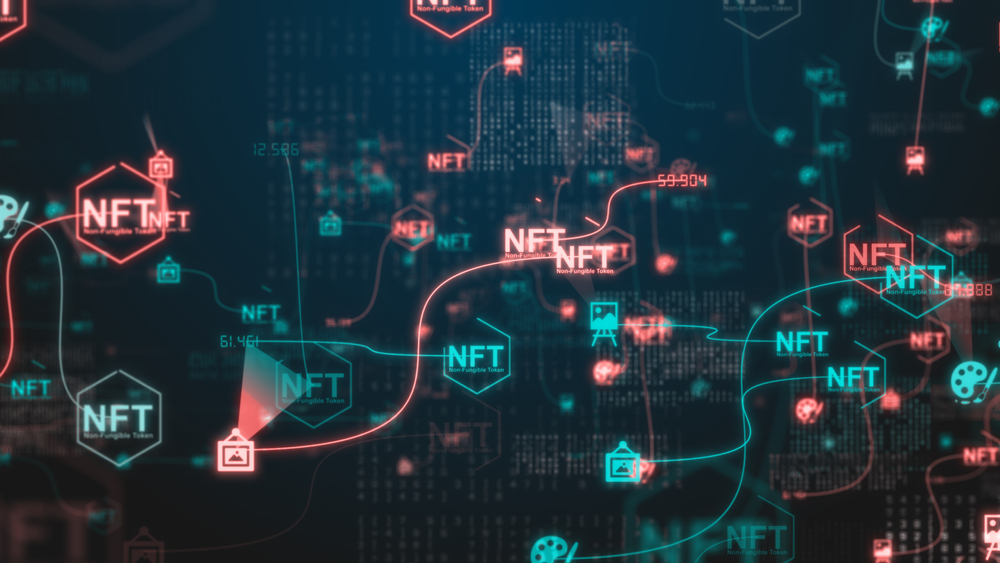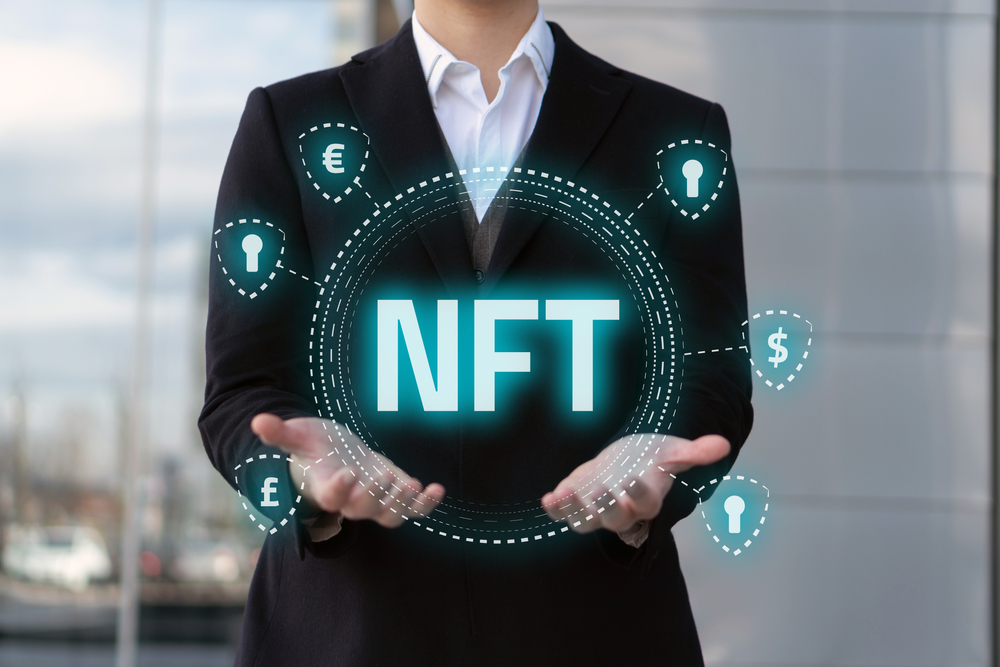NFTs, or non-fungible tokens, have become a fascinating and puzzling force in the financial world. These distinct digital assets have become increasingly popular despite not being able to be traded one for one such as cryptocurrencies. Their convergence with art, technology, and investment potential is what makes them so alluring. This blog examines how NFTs are reshaping the traditional financial landscape while delving into the fascinating world of NFTs.
Understanding NFTs:
Non-Fungible Tokens (NFTs) are a new type of digital asset that represents ownership of particular digital items, as opposed to interchangeable cryptocurrencies such as Bitcoin or Ethereum. NFTs hold a distinctive value and identity, certifying ownership and authenticity, and are frequently associated with digital art, collectibles, music, videos, or virtual real estate. They provide transparency, security, and unchangeable ownership records thanks to blockchain technology. Various industries are being transformed by NFTs, which is also igniting debates about the future of digital ownership.

Artistic Expression and NFTs:
- Revolutionizing Art Monetization: Providing artists with a cutting-edge platform to monetize their digital works, NFTs have sparked a revolutionary change in the art world.
- Direct Sales to Collectors: Artists can tokenize their works of art, which enables them to sell their items directly to collectors without using conventional middlemen such as galleries or auction houses.
- Empowering Artists: Eliminating the hefty commissions frequently charged by traditional art market players, this direct artist-to-collector relationship allows creators to keep a larger portion of their sales revenue.
- Ongoing Royalties: Paying artists ongoing royalties with each subsequent resale of their creations, NFTs also help artists. The concept of this ongoing revenue source is new to the art world and provides artists with stability and recognition long after the initial sale.
Technology and NFTs:
NFTs’ underlying technology is blockchain. Because they are typically created on blockchain platforms such as Ethereum, these tokens are safe, transparent, and impervious to manipulation. Each NFT’s provenance is documented in the blockchain ledger, serving as an unforgeable digital certificate of authenticity.
The financial sector will be significantly impacted by this technological foundation. The risk of art forgery and fraud, problems that have plagued the art market for centuries, can be significantly reduced thanks to the transparency and traceability of blockchain. Institutional investors who previously shied away from the art market’s opacity may now find art investments more alluring.
Investment Opportunities with NFTs:
- Investor Interest in NFTs: NFTs have piqued the interest of investors seeking alternative asset classes.
- Diverse Niche Markets: NFT ownership provides exposure to niche markets such as digital art, virtual real estate, and gaming collectibles.
- Portfolio Diversification: Diversification is made possible by including NFTs in investment portfolios, potentially improving risk control.
- Potential for High Returns: The NFT market has seen impressive sales, including deals worth millions of dollars, highlighting the potential for sizable returns.
- Speculative and Volatile: It is imperative to understand that the NFT market is extremely speculative and volatile, with prices prone to quick and unpredictably changing fluctuations.
- Risk Considerations: Investors should use caution because the NFT market entails risks, particularly if they are unfamiliar with the specifics of the digital art and collectibles industry.
- Due Diligence: Making informed decisions in this dynamic and evolving asset class requires extensive research and knowledge of the specific NFTs being considered for investment.
Challenges and Regulatory Concerns:
- Taxation Challenges: Regulators are closely examining the taxation of NFT transactions. Questions about capital gains taxes on NFT sales are raised, especially in light of the possibility of significant price swings. Furthermore, the cross-border nature of NFT transactions makes it more difficult to comply with international tax laws.
- Intellectual Property Rights: Digital content is frequently used in the ownership and transfer of NFTs, raising questions about copyright and intellectual property rights. The underlying content must be legally owned by the creators and buyers, and they must be aware of how NFT ownership affects these rights.
- Consumer Protection: Regulators are worried about consumer protection as the NFT market grows. There have been scams, fake NFTs, and false claims made. The NFT ecosystem’s transparency, authenticity, and fair trading practices may be the subject of regulations.
- AML and KYC Compliance: To prevent illegal activities such as money laundering and fraud involving NFT transactions, NFT platforms may be subject to anti-money laundering (AML) and know your customer (KYC) regulations.
- Smart Contract Auditing: It is crucial to guarantee the safety and efficiency of the smart contracts that support NFTs. To safeguard NFT market participants, regulators may impose auditing and disclosure requirements.

The Future of NFTs in Finance:
The relationship between NFTs and finance is still developing, and exciting possibilities lie ahead. Here are a few trends to keep an eye on:
- Fractional Ownership: Fractional ownership through NFTs has the potential to democratize access to high-value assets by enabling investors to buy pieces of pricey real estate or artwork.
- DeFi Integration: Platforms for DeFi (Decentralized Finance) are investigating how to incorporate NFTs, potentially enabling users to pledge their digital assets as collateral for loans and other financial products.
- Utility NFTs: Utility NFTs, which provide access to exclusive content, memberships, and experiences, are emerging in addition to collectible NFTs. These might become crucial components of subscription-based services and loyalty schemes.
Conclusion:
NFTs represent a remarkable fusion of creative expression, cutting-edge technology, and financial innovation, to sum up. Giving artists unheard-of control over their output and sources of income, they have upended the rules of traditional art markets. At the same time, NFTs have introduced investors to a novel asset class that has the potential to generate significant returns but is also characterized by high volatility.
The regulatory environment surrounding NFTs is still developing, emphasizing the need for thorough regulations to safeguard both creators and investors. All stakeholders in the NFT ecosystem must be on guard as it develops, from artists and collectors to financial institutions and regulators, and they must adjust to changing norms and fully realize the transformative power of NFTs. These tokens are not a passing fad; rather, they represent a fundamental change in how we produce, own, and invest in digital assets. In the constantly changing world of finance, their full potential has not yet been realized.
